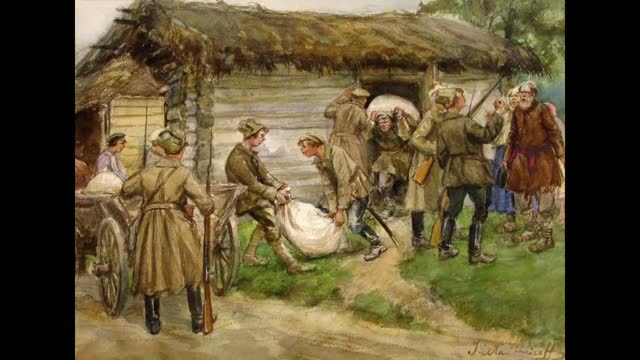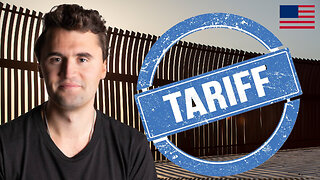Premium Only Content

Creation of the Soviet Union part -3 |Changes in Russian society
Changes in Russian society
While the Russian economy was being transformed, the social life of the people underwent equally drastic changes. From the beginning of the revolution, the government attempted to weaken patriarchal domination of the family. Divorce no longer required court procedure, and to make women completely free of the responsibilities of childbearing, abortion was made legal as early as 1920. The emancipation of the women increased the labor market. Girls were encouraged to secure an education and pursue a career in the factory or the office. Communal nurseries were set up for the care of small children, and efforts were made to shift the center of people's social life from the home to educational and recreational groups, the soviet clubs.
The regime abandoned the tsarist policy of discriminating against national minorities in favor of a policy of incorporating the more than two hundred minority groups into Soviet life. Another feature of the regime was the extension of medical services. Campaigns were carried out against typhus, cholera, and malaria; the number of doctors was increased as rapidly as facilities and training would permit; and infant mortality rates rapidly decreased while life expectancy rapidly increased.
The government also promoted atheism and materialism, which formed the basis of Marxist theory. It opposed organized religion, especially in order to break the power of the Russian Orthodox Church, a former pillar of the old tsarist regime and a major barrier to social change. Many religious leaders were sent to internal exile camps. Members of the party were forbidden to attend religious services. The education system was separated from the Church. Religious teaching was prohibited except in the home and atheist instruction was stressed in the schools.
-
 LIVE
LIVE
GameLeap RAID Shadow Legends
1 hour ago $0.78 earnedSOULSTONE PULLS, Building He-Man, F2P Account Update! - Raid Shadow Legends
265 watching -
 1:57:44
1:57:44
The Charlie Kirk Show
3 hours agoTrump's Tariff Brilliance + Crushing Lawfare Forever | Sen. Moreno, Habba, O'Keefe | 11.26.24
109K42 -
 44:35
44:35
TheAlecLaceShow
3 hours agoTrump Threatens Tariffs on Mexico & Canada | Jack Smith Drops Charges | WW3 | The Alec Lace Show
24.7K7 -
 6:57
6:57
Rethinking the Dollar
17 hours agoCommodities Boom Incoming: Why Gold and Silver Are Leading the Charge
15.4K3 -
 4:15:07
4:15:07
Sgtfinesse
3 hours agoSarge's 1st Stream on Rumble
32.1K1 -
 58:23
58:23
The Dan Bongino Show
6 hours agoDemocrats Enter Full Panic Mode (Ep. 2378) - 11/26/2024
667K1.82K -
 58:04
58:04
The Rubin Report
4 hours agoCNN Host Gets Visibly Angry as Her Trap for Conservative Backfires in Her Face
62.2K66 -
 1:28:35
1:28:35
Benny Johnson
4 hours ago🚨VICTORY: All Charges Against Trump DROPPED, Time For REVENGE | Mexico, Canada Bend Knee To Trump
80.7K92 -
 2:17:41
2:17:41
Steven Crowder
6 hours agoTired of Winning Yet? Jack Smith Drops Trump Charges and Mexico Bends The Knee!
410K227 -
 2:00:50
2:00:50
LFA TV
17 hours agoNATIONAL SECURITY THREAT! | LIVE FROM AMERICA 11.26.24 11am EST
46.3K24